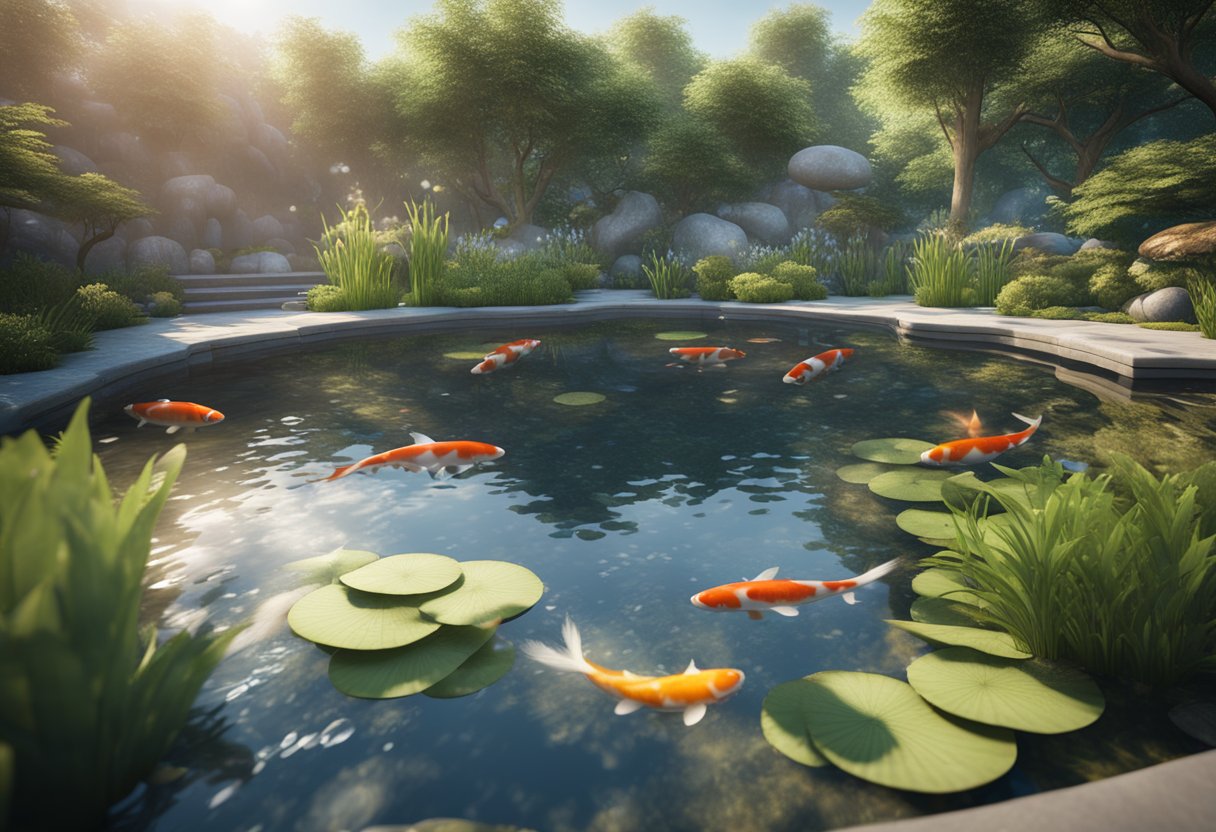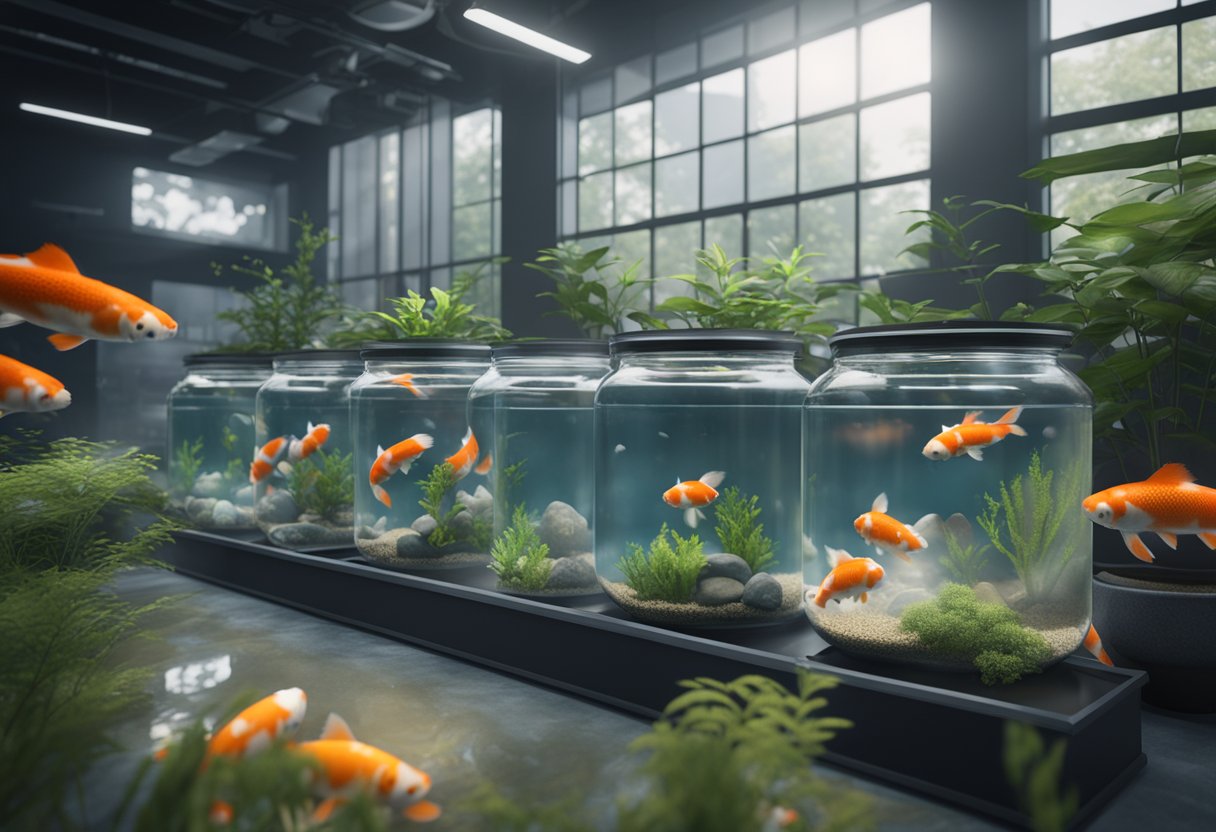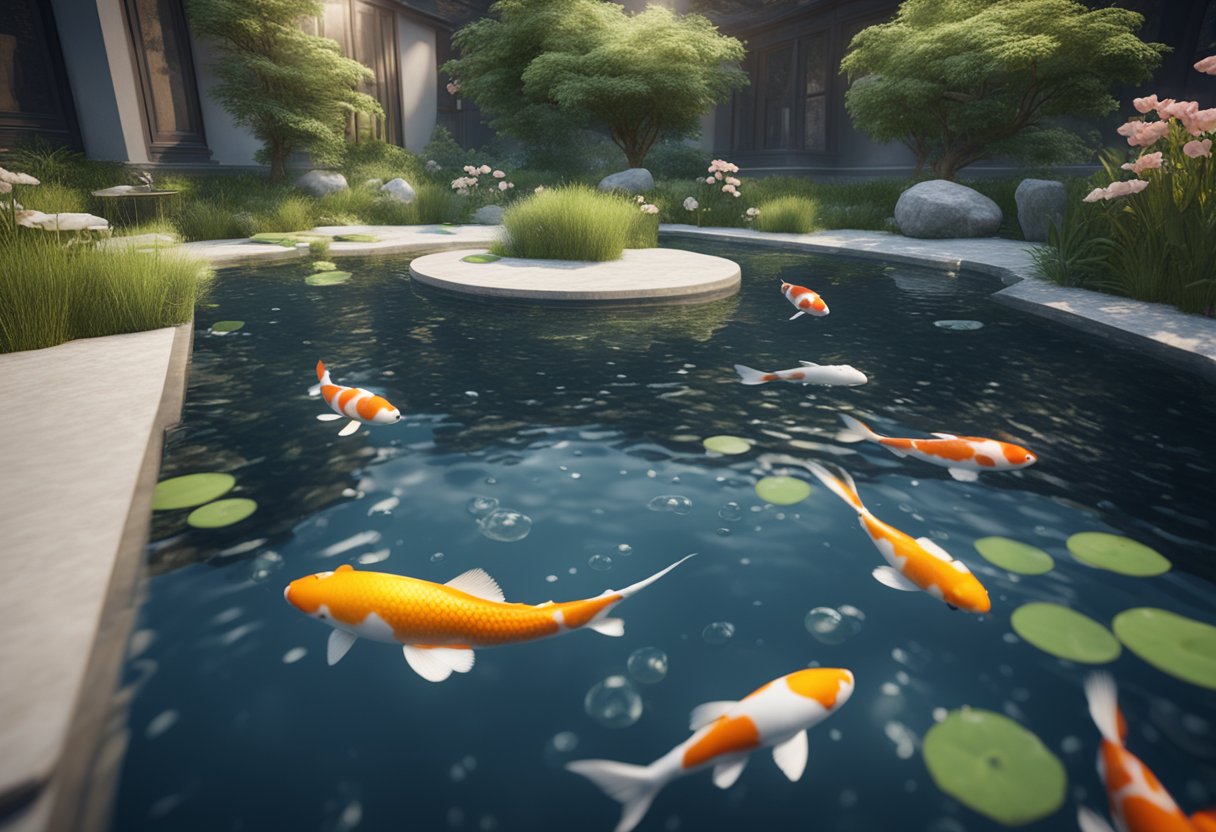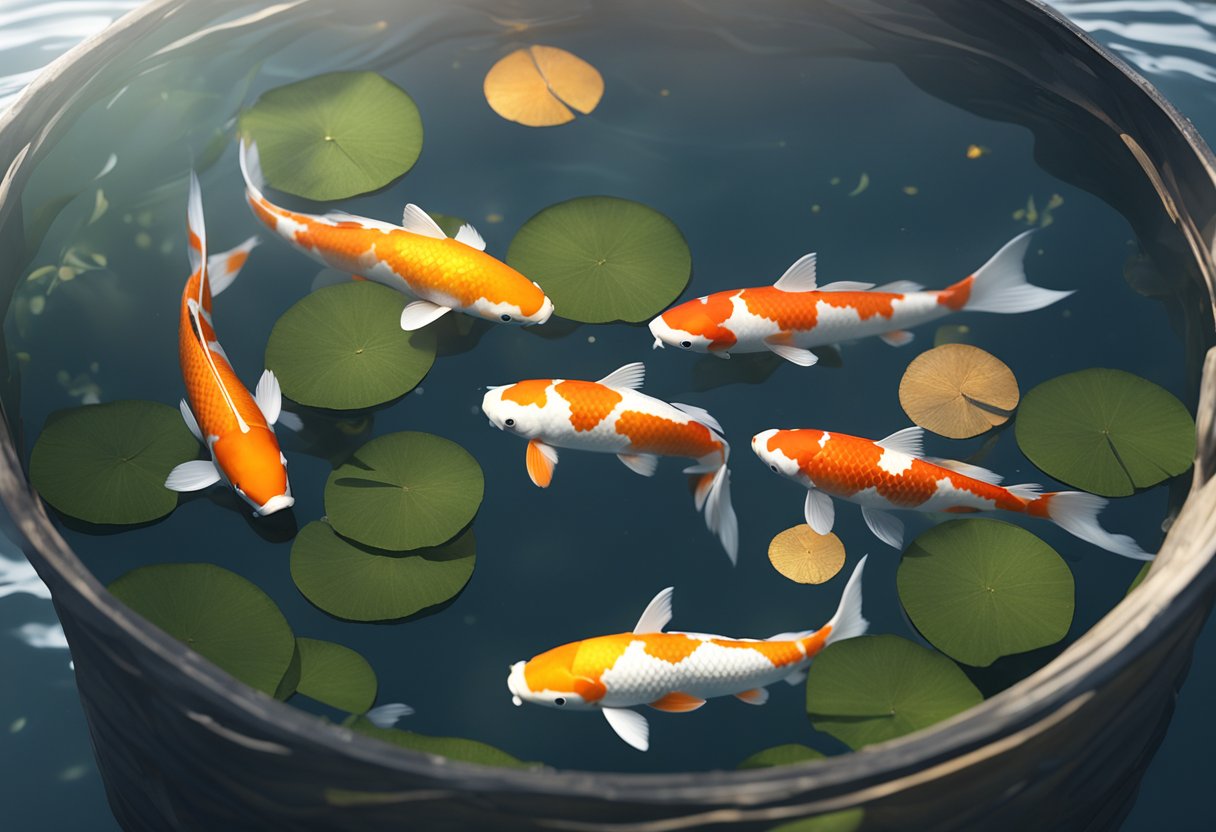Essential Tips for Koi Disease Prevention

Ensuring the longevity and well-being of your koi fish is crucial for any pond owner. To achieve this, it is essential to prioritize koi disease prevention. By implementing best practices and following expert koi health tips, you can promote the overall well-being of your koi fish and maintain a thriving pond environment.
Preventing common koi diseases requires a proactive approach that addresses various aspects of koi care. From creating a healthy pond environment to proper quarantine measures for new koi, every step plays a vital role in disease prevention. Additionally, understanding the signs, causes, and treatment options for common koi diseases is crucial.
In this comprehensive guide, we will explore the most effective tips and best practices for koi disease prevention. We will delve into various aspects, including creating a healthy pond environment, monitoring and maintaining water quality, ensuring a balanced diet and nutrition, minimizing stress factors, and educating yourself on koi diseases.
By following these essential tips, you can significantly reduce the risk of diseases in your koi fish and enhance their overall well-being. Let’s dive deeper into the world of koi disease prevention and discover the key strategies to keep your koi fish healthy and thriving.
Understanding Common Koi Diseases
Koi fish are susceptible to various diseases that can affect their health and well-being. Understanding the common diseases that commonly afflict koi is crucial for their prevention and timely treatment. By being aware of the symptoms, causes, and appropriate treatments, pond owners can take proactive measures to safeguard their koi population. This section will provide an in-depth overview of some of the most prevalent diseases that koi fish may encounter in their pond environment.
Koi Herpesvirus (KHV): This highly contagious viral disease poses a significant threat to koi populations worldwide. It can cause lethargy, loss of appetite, and respiratory distress in affected fish. KHV outbreaks can be devastating, leading to high mortality rates if not promptly addressed. Implementing strict biosecurity measures, such as quarantine protocols and regular health screening, can help prevent the introduction and spread of KHV in koi ponds.
Spring Viremia of Carp (SVC): Another viral disease that affects koi, SVC can cause skin lesions, bleeding, and organ damage. Koi infected with SVC may become weak, lose their balance, and display abnormal swimming patterns. Minimizing stress factors, maintaining excellent water quality, and practicing good hygiene can reduce the risk of SVC outbreaks and promote the overall health of koi fish in the pond.
Ulcer Disease: Bacterial infections, particularly Aeromonas and Pseudomonas species, can lead to ulcer disease in koi fish. Ulcers usually manifest as open sores, accompanied by inflammation and redness. Poor water quality, overcrowding, and injuries can contribute to the development of ulcer disease. Regularly monitoring water parameters, practicing good pond hygiene, and providing optimal nutrition can help prevent ulcer disease in koi.
“Prevention is key when it comes to common koi diseases. By investing time in understanding the symptoms and causes of these diseases, pond owners can implement effective prevention strategies and minimize the risk to their koi population.”
Gill Disease: Affecting the delicate gill tissue of koi fish, gill disease can be caused by parasites, bacteria, or poor water conditions. Symptoms include labored breathing, increased mucus production, and lethargy. Maintaining proper water quality, regular pond cleaning, and providing adequate filtration and aeration can help prevent the onset of gill disease in koi.
Parasitic Infections: Various parasites can infect koi fish, including anchor worms, fish lice, and flukes. These parasites can cause irritation, skin damage, and compromised overall health. Taking preventative measures such as properly quarantining new koi introductions, maintaining optimal water conditions, and regularly inspecting fish for signs of parasites can help minimize the risk of infestations and ensure the well-being of koi in the pond.




